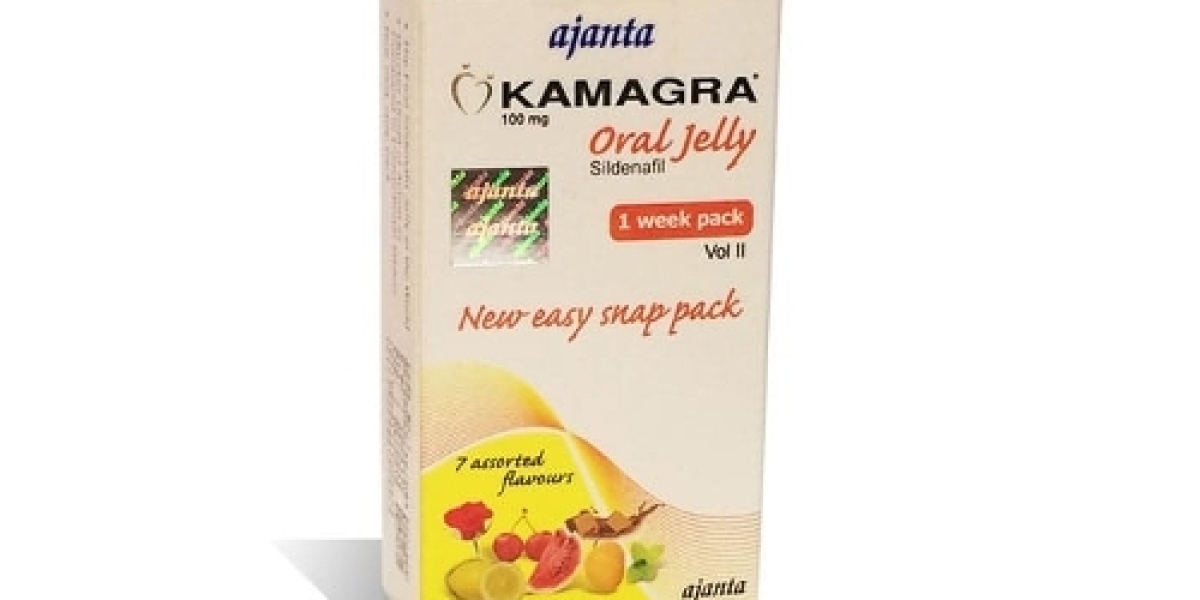Stainless steel round bars are integral components in various industries due to their versatility, durability, and resistance to corrosion. They are widely used in construction, manufacturing, and even art, making them a valuable material in both functional and creative applications. This article delves into what stainless steel round bars are, their benefits, common applications, and tips for selecting the right type for your needs.
What is a Stainless Steel Round Bar?
A stainless steel round bar is a long, cylindrical piece of stainless steel with a smooth, round cross-section. These bars come in a variety of diameters and lengths and are typically produced using processes such as hot rolling, cold rolling, or forging. The primary characteristic of stainless steel round bars is its resistance to rust and corrosion, which is achieved through the addition of chromium and other alloying elements like nickel and molybdenum.
Benefits of Stainless Steel Round Bars
Corrosion Resistance: Stainless steel round bars are highly resistant to corrosion and rust, making them ideal for use in environments exposed to moisture, chemicals, and extreme temperatures. This quality extends the lifespan of products and structures made from these bars.
Strength and Durability: These bars offer exceptional strength and durability, which makes them suitable for demanding applications such as in construction and heavy machinery. The material can withstand high levels of stress and strain without deforming.
Aesthetic Appeal: Stainless steel has a naturally attractive appearance with a sleek, shiny finish. This makes stainless steel round bars a preferred choice for architectural and decorative purposes.
Hygiene: The non-porous surface of stainless steel is easy to clean and sterilize, making it ideal for use in the food and beverage industry, medical equipment, and kitchens.
Versatility: Available in various grades and specifications, stainless steel round bars can be tailored to meet specific requirements of different applications. Whether you need high tensile strength, improved formability, or enhanced resistance to heat, there is a grade suitable for your needs.
Common Applications of Stainless Steel Round Bars
Stainless steel round bars are used in a wide range of industries and applications, including:
Construction: Used in structural components, reinforcing bars, and frameworks due to their strength and longevity.
Manufacturing: Essential in the production of machine parts, tools, and equipment, where durability and precision are critical.
Automotive: Employed in the manufacture of various car parts like axles, engine components, and exhaust systems due to their resilience and resistance to wear and tear.
Aerospace : Critical in the aerospace industry for the production of aircraft components that require high strength-to-weight ratios and resistance to extreme conditions.
Medical : Used in surgical instruments, orthopedic implants, and other medical devices because of their biocompatibility and ease of sterilization.
Oil and Gas : Applied in pipelines, drilling equipment, and offshore platforms where exposure to harsh environments and corrosive substances is common.
Decorative and Artistic : Valued for its aesthetic qualities, stainless steel round bars are used in sculptures, modern architecture, and various forms of artwork.
Choosing the Right Stainless Steel Round Bar
When selecting a stainless steel round bar for your project, consider the following factors:
Grade : Different grades of stainless steel offer varying levels of corrosion resistance, strength, and workability. Common grades include 304, 316, and 410. Grade 304 is known for its general-purpose use, while grade 316 provides superior corrosion resistance, especially in marine environments. Grade 410 offers high strength and hardness.
Size and Dimensions : The diameter and length of the round bar should match the requirements of your project. Standard sizes are readily available, but custom dimensions can also be ordered from manufacturers.
Finish : The surface finish of the stainless steel round bar can affect its appearance and suitability for certain applications. Common finishes include matte, polished, and brushed. Polished finishes are often used in decorative applications, while matte finishes are preferred for industrial uses.
Mechanical Properties : Consider the mechanical properties such as tensile strength, yield strength, and hardness. These properties will determine the bar's performance under stress and its suitability for specific applications.
Compliance and Standards : Ensure that the stainless steel round bars comply with relevant industry standards and certifications, such as ASTM, ISO, or DIN. This guarantees the quality and reliability of the material.
Conclusion
Stainless steel round bars are a cornerstone material in many industries due to their exceptional properties and versatile applications. From construction and manufacturing to decorative arts, these bars provide reliable performance and longevity. When choosing the right stainless steel round bar for your project, consider the grade, size, finish, and mechanical properties to ensure it meets your specific needs. With the right selection, you can leverage the full benefits of this remarkable material, ensuring the success and durability of your application.









